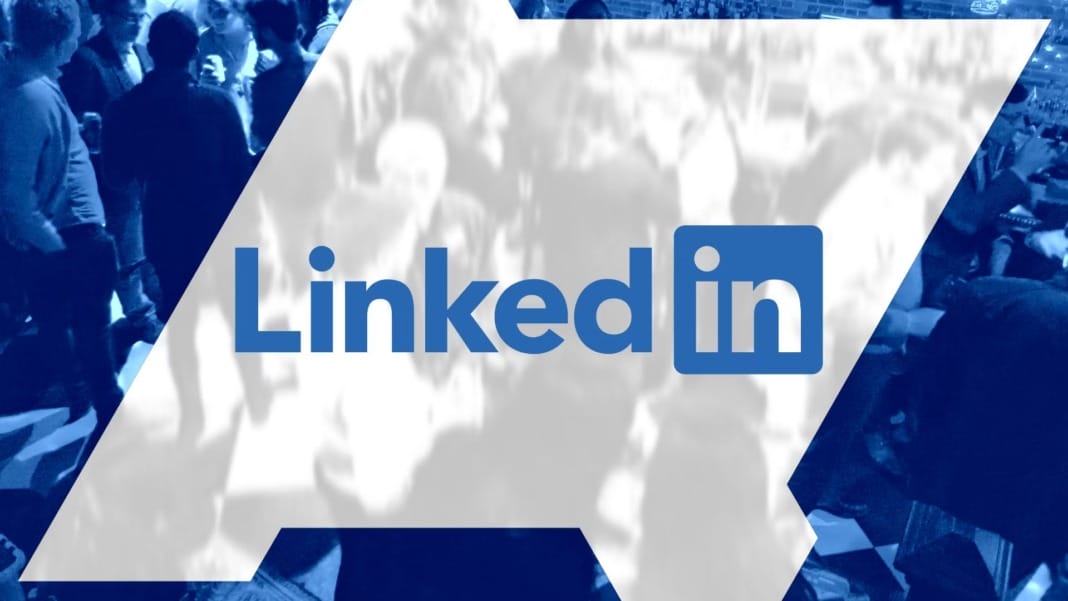Earlier this year, you might have wondered whether including hashtags in your LinkedIn posts was still necessary. LinkedIn’s relationship with hashtags has been anything but straightforward. Initially, the platform avoided them, then embraced them, only to remove and later reintroduce them in 2018 with a renewed focus on enhancing content discovery.
Recently, LinkedIn has given mixed signals about the importance of hashtags. For instance, hashtags are being phased out of the on-profile displays in Creator Mode. Naturally, this raises the question: Do you still need hashtags? When asked, LinkedIn’s response was that while hashtags can still help with discovery, their algorithms now take into account a broader range of contextual factors when matching search queries.
LinkedIn has provided further clarity on this matter, sharing a detailed explanation of its evolving Search system. The key improvement? The introduction of semantic matching—a more advanced method that uses a broader array of elements to respond to search queries effectively.
Enhance your search results with semantic matching
If you’ve ever been frustrated by LinkedIn’s search results, especially when dealing with complex queries, you’re not alone. LinkedIn recognised that its previous search system had limitations. It often returned irrelevant results or none because it relied too heavily on finding posts containing every keyword in your query.
LinkedIn acknowledged this issue, stating, “Upon examining our capabilities, we realised there was room for improvement in our content search results, especially for complex queries. At times, we returned either no posts or irrelevant posts because we did not have the necessary conceptual understanding of the query. However, our analysis revealed that our search index did contain posts that could provide the correct answer, even if they didn’t include all of the query’s keywords. This prompted us to introduce semantic matching capability in our content search engine.”
With this new approach, LinkedIn now understands your search queries better. The platform no longer matches keywords but considers the broader context of your query and personalises the results based on your past interactions on LinkedIn.
See measurable improvements in your LinkedIn experience
To ensure these updates work for you, LinkedIn measures the effectiveness of these changes by looking at how well the topics match your query and how long you spend on the content you find (known as dwell time). These improvements have made it easier for you to discover relevant content.
“Our new content search engine with semantic capability has enabled us to address complex queries such as ‘how to ask for a raise?’ and has improved the on-topic rate and long-dwell metrics by more than 10%. Additionally, we’ve seen a positive impact on LinkedIn’s overall site sessions, as members like you are more likely to engage with the platform when they receive better search results.”
Do you still need hashtags?
So, with these improvements, do you still need to use hashtags? The short answer is no. LinkedIn’s enhanced discovery system now relies on more than just keywords, which means hashtags have become less critical. If your post already includes relevant keywords, adding a hashtag with the same term won’t increase its visibility.
LinkedIn’s search algorithm is now smarter, considering a broader range of factors from your posts to align better with search queries. So, even if you don’t include the correct hashtag, the system will likely match your content effectively.
What is the takeaway for you? Don’t stress too much about using hashtags, especially if they replicate terms already in your post. Focus on creating high-quality content that conveys your message.





